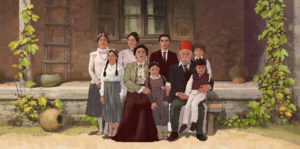
Aurora’s Sunrise, a documentary directed and co-written by Inna Sahakyan, pulls back the curtain on two horrific chapters in the life of Armenian genocide survivor Aurora Mardiganian. In 1915, during WWI, the Ottoman Empire undertook a program to eliminate the Armenians from Turkey out of fear that the Armenians would rebel and declare independence. Until this inflection point in history, the Islamic Ottoman Empire had tolerated the Christian Armenians, carving out a place for them in Turkish society that worked symbiotically to benefit both cultures. The war provided an opportunity to move against the Armenians, and Turkey denies the genocide that resulted to this day.
Still, around a million Armenians died in death marches, concentration camps, and outright mass executions. Many that survived were sold into sexual slavery or forced to convert to Islam and sent to work in Muslim homes as slaves. After Ottoman Turks killed her father, Mardiganian’s family was forced into the death marches across the Syrian desert, where many of her relatives died. She was then sold into a Turkish harem but eventually escaped to St. Petersburg, Russia, and later, New York.
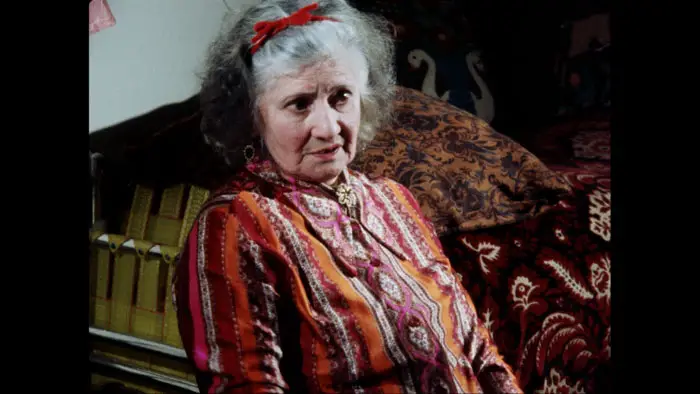
“…Mardiganian’s family was forced into the death marches across the Syrian desert…”
There, Mardiganian’s story caught the attention of screenwriter Harvey Gates, who ghost-wrote a memoir of her odyssey, Ravished Armenia. The book was introduced in society circles and became a success. It was then adapted as a film in 1919, with Mardiganian playing herself, and first screened in London as the Auction of Souls.
Aurora’s Sunrise now looks at the second round of exploitation and mishandling of Mardiganian and other Armenians in the United States. The producers of Auction of Souls made much of its potential to raise awareness of the genocide (it did), but, as usual, the real motivation was profit. To that end, many Armenians who had barely survived to make it to sanctuary in the U.S. were cast in the film and asked to re-live the horrors of the genocide, including the crucifixions of young women, who are portrayed by actual survivors.
On top of this outrage, Mardiganian was pressed to travel with the film and give talks to ghoulish audiences hanging on the morbid details of the experience. In this fashion, she became something of a silent film star, though she says that she was not acting but rather recounting the story of her journey. As a young woman unfamiliar with American life, it was easy for the Gates family to exploit Mardiganian and control her life. She worked endless hours, and promised fees were withheld.
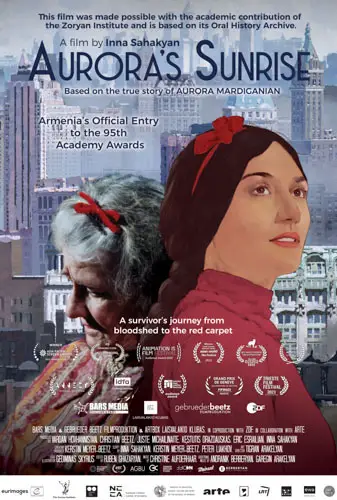
"…well made and, as such, not easy to watch."
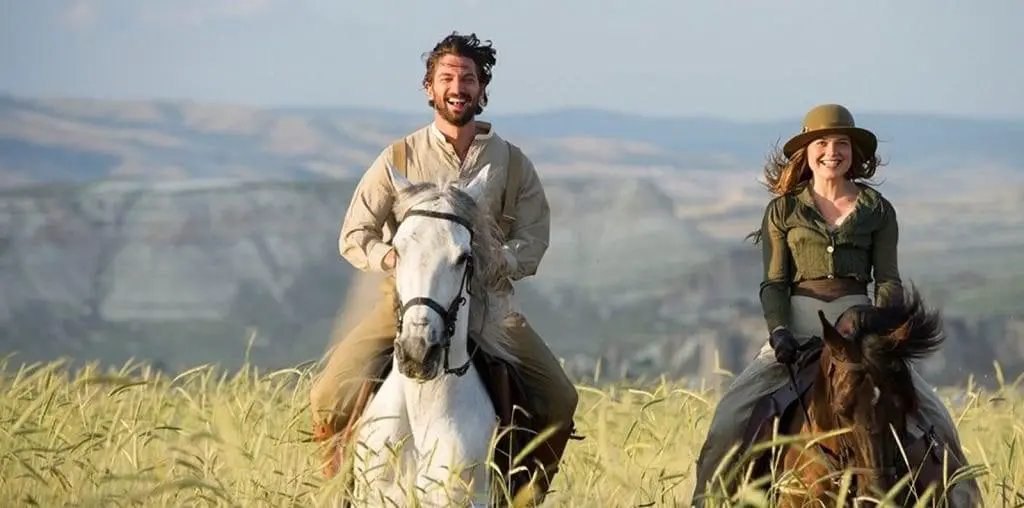
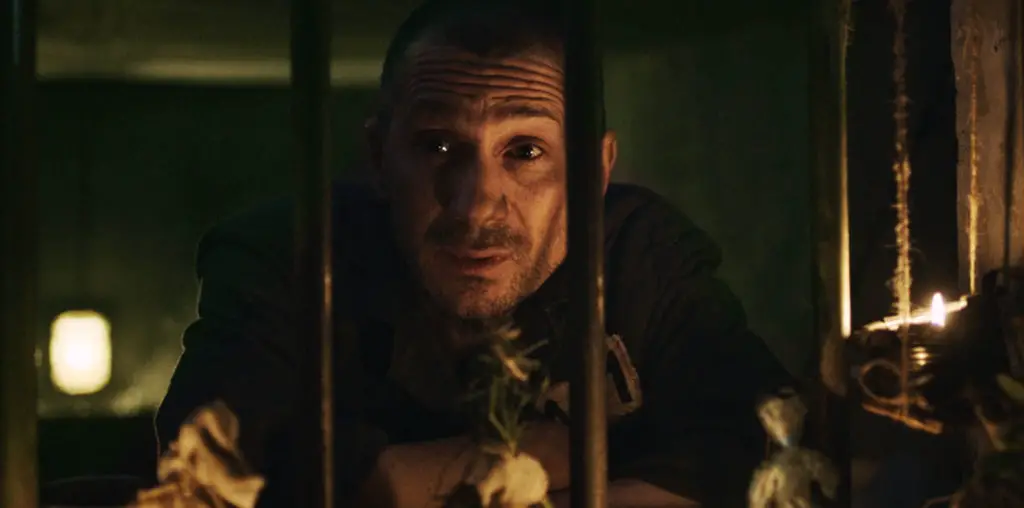
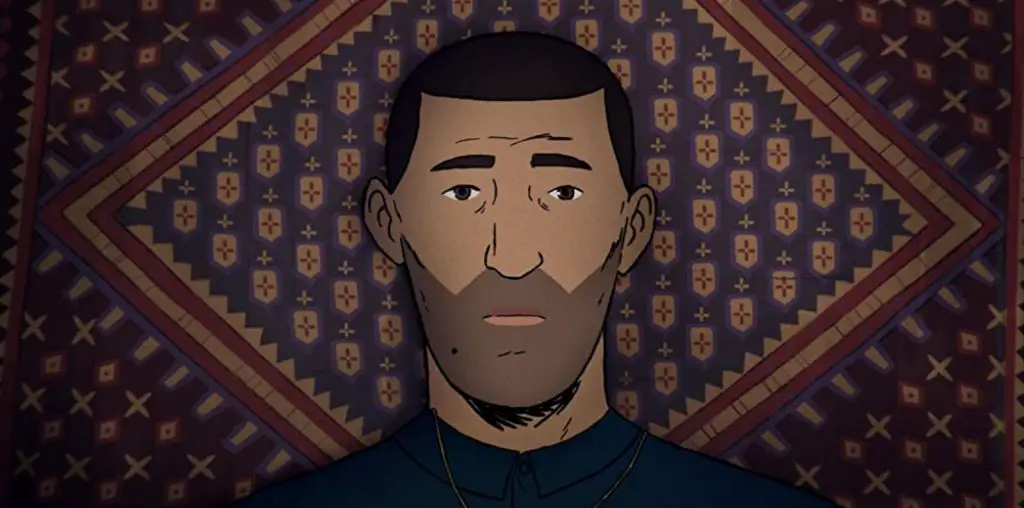
[…] Supply hyperlink […]